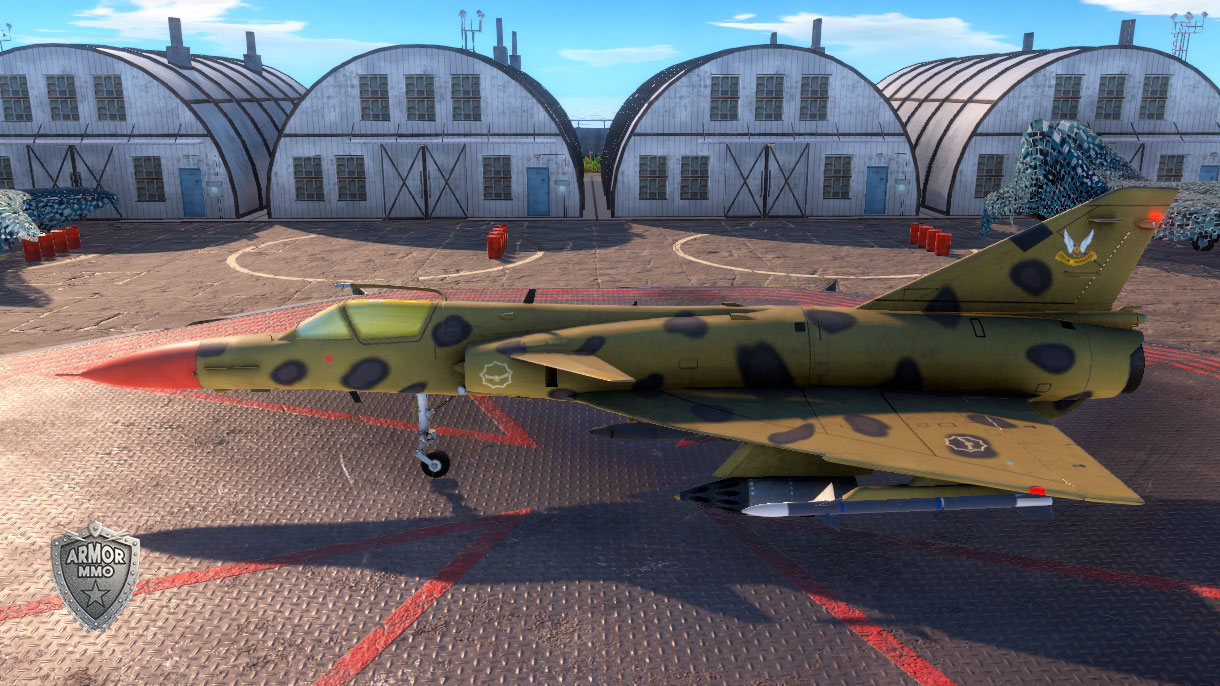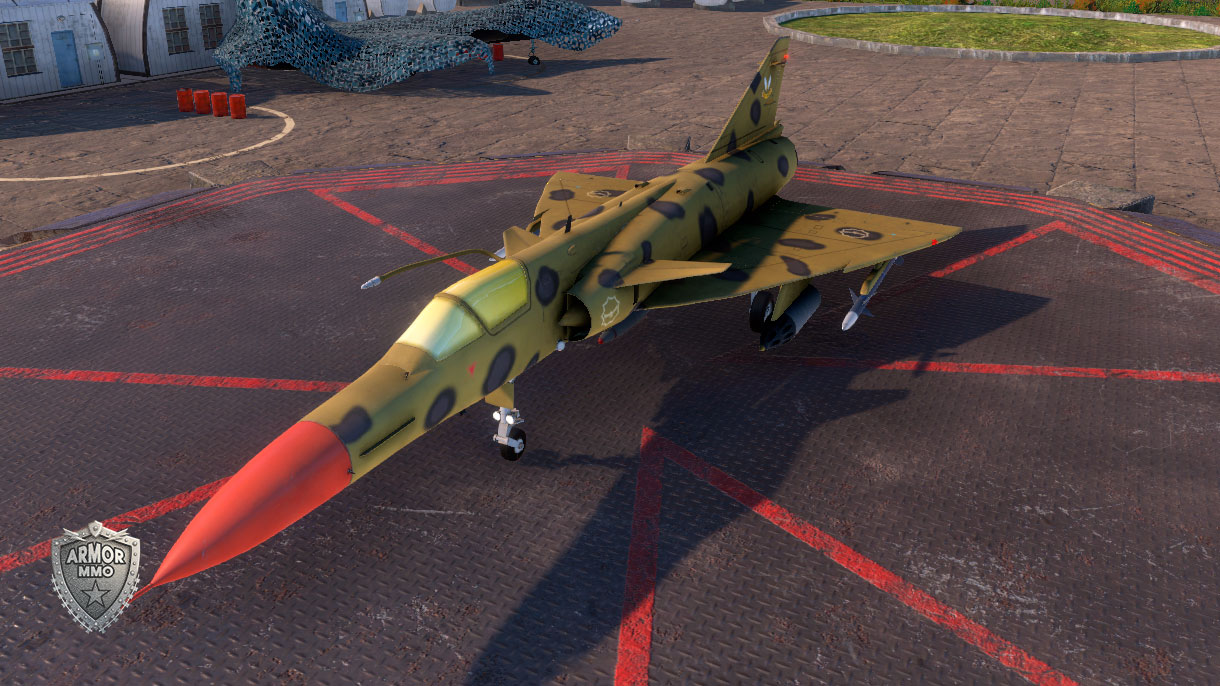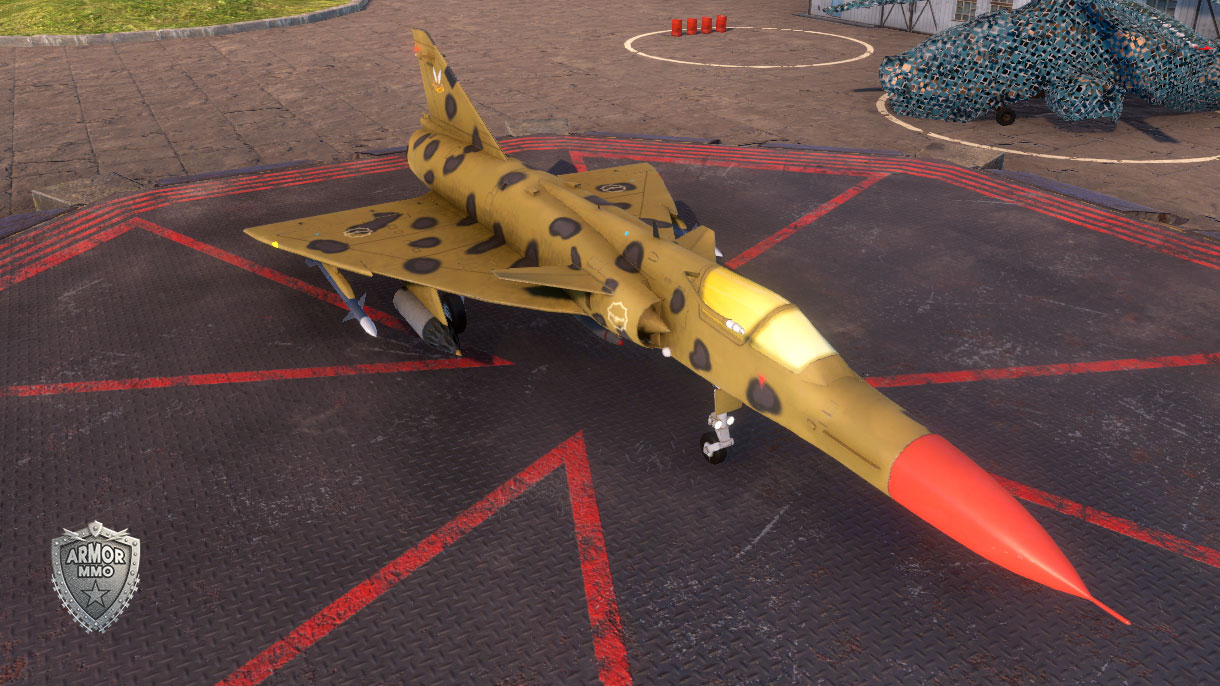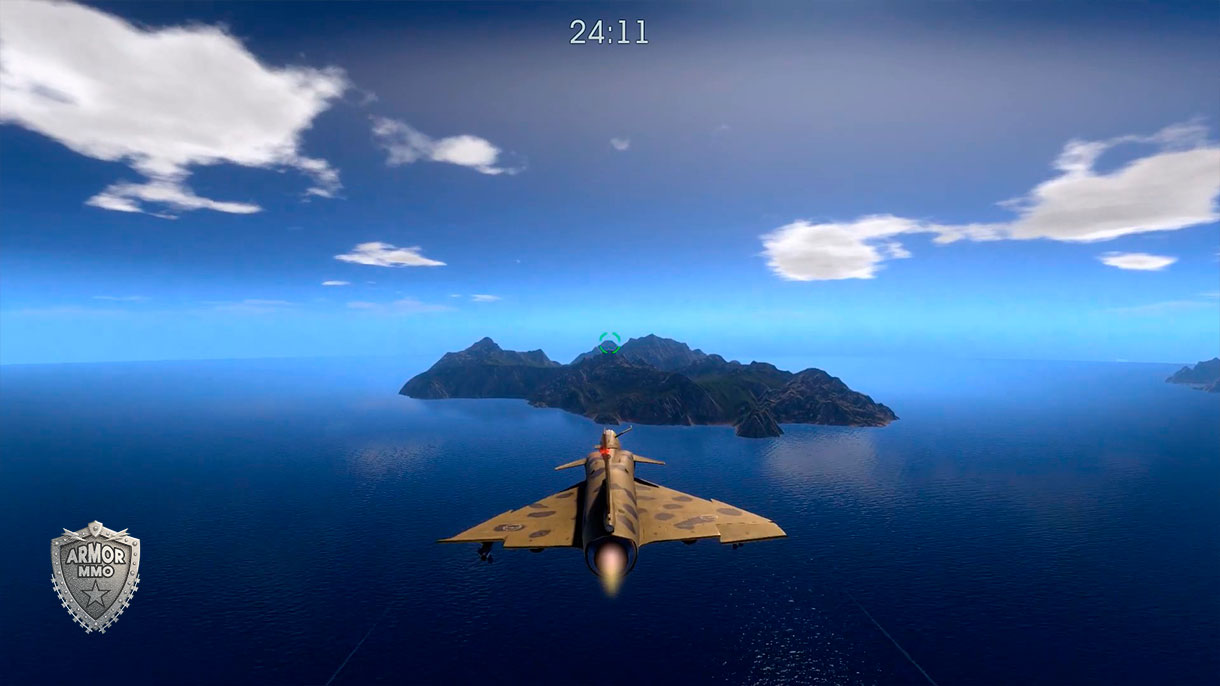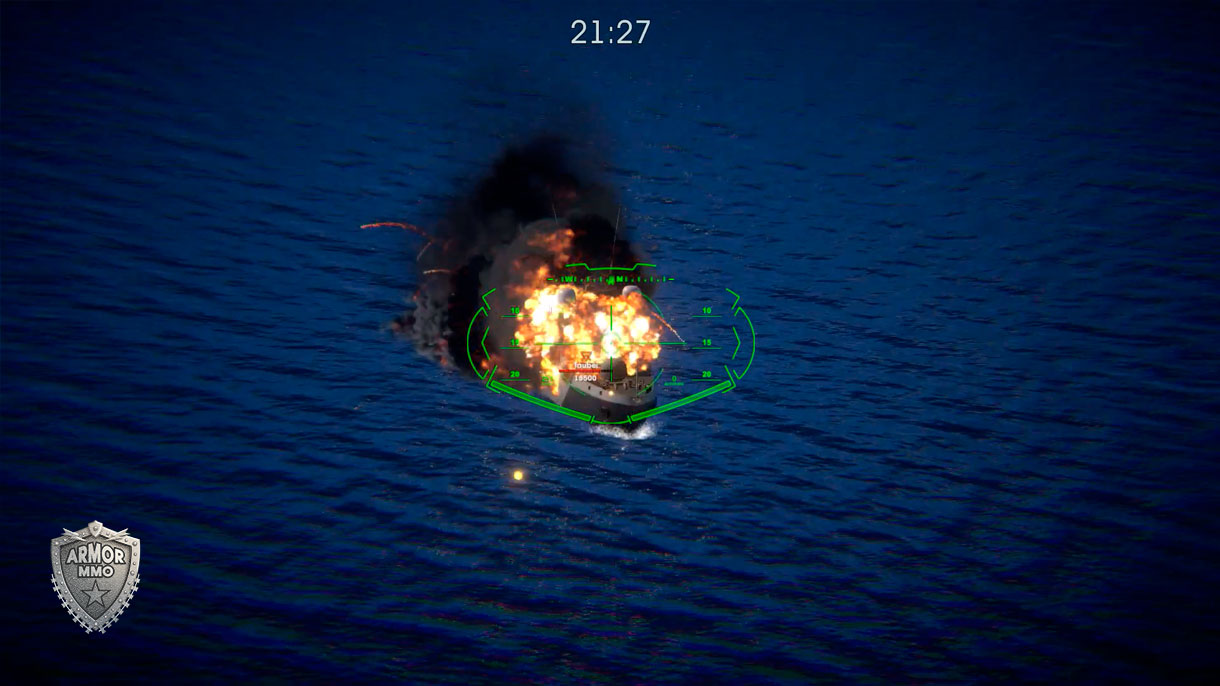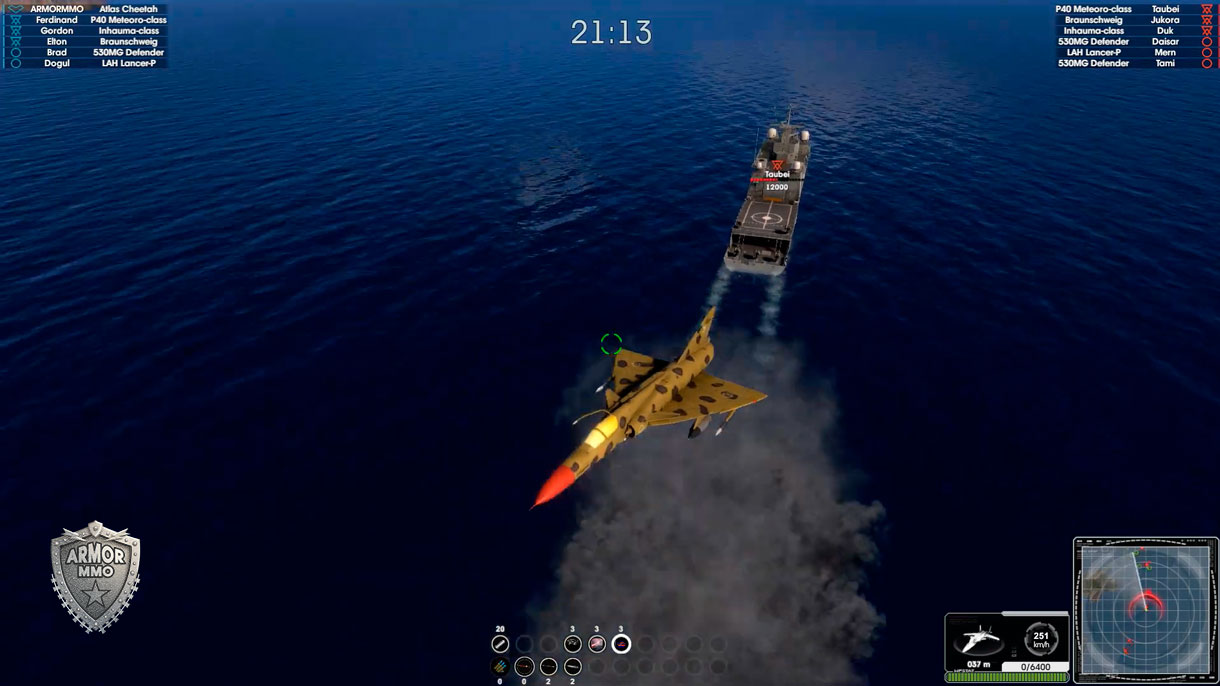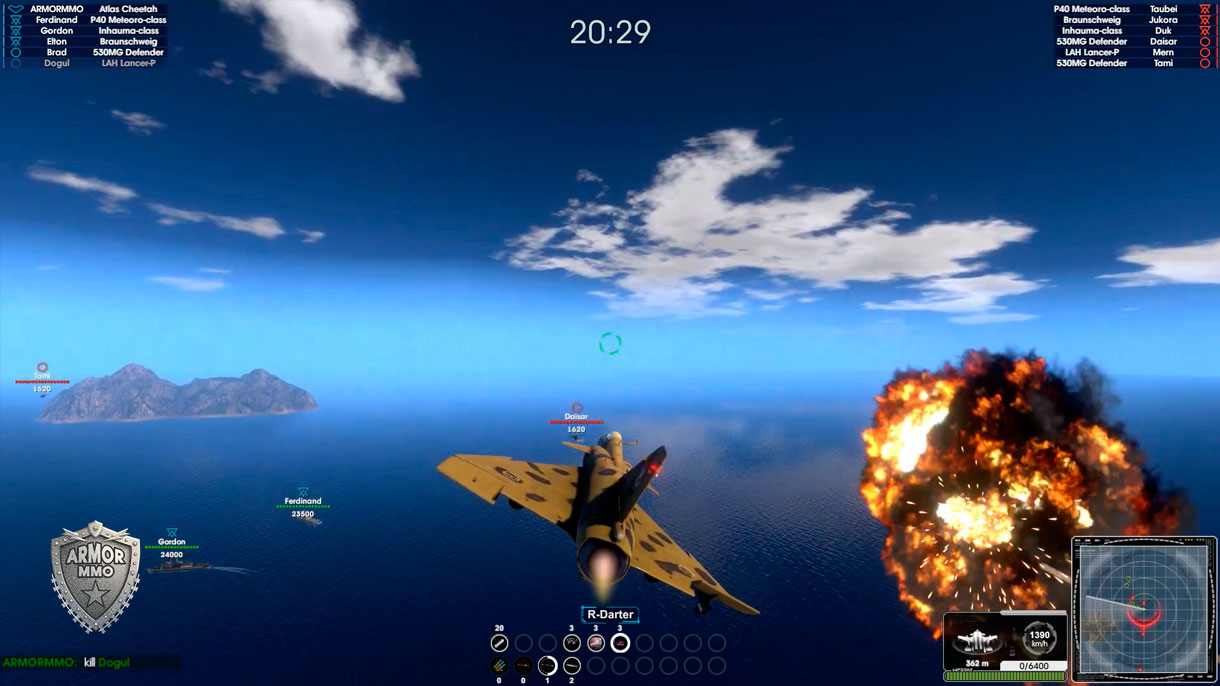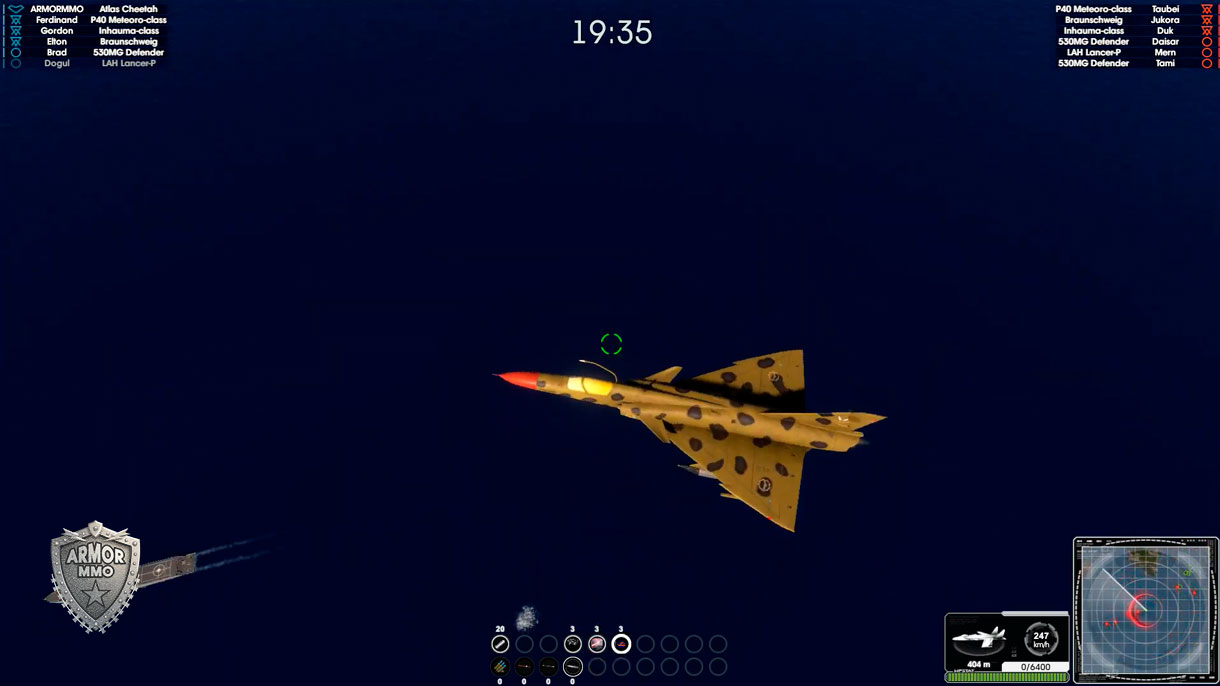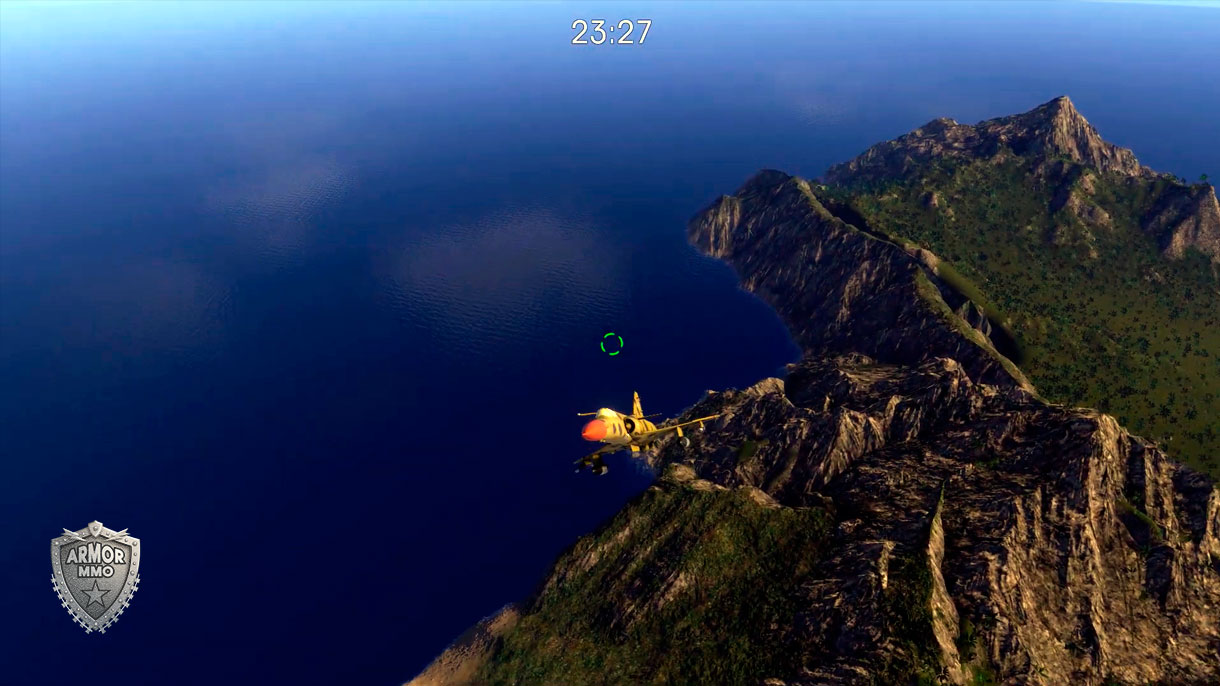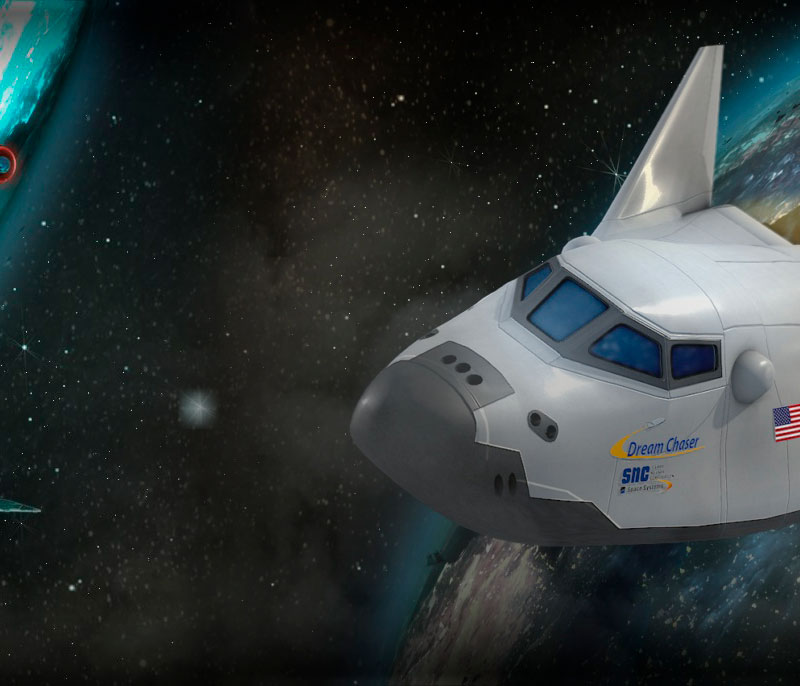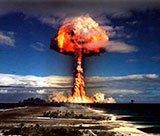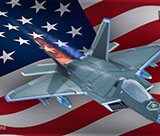Airplane Atlas Cheetah
| Type | Fighter aircraft | |
| Place of origin | South Africa | |
| Manufacturer | Atlas Aircraft Corporation | |
| Introduction | 1986 | |
| Status | Active with the Ecuadorian Air Force | < /tr>|
| Primary users | South African Air Force (historical) Chilean Air Force | |
| Number built | 38 (C), 16 (D), 16 (E) | |
| Developed from | Dassault Mirage III IAI Nesher IAI Kfir | |
| General characteristics | ||
|---|---|---|
| Length | 15.55 m (51 ft 0 in) | |
| Wingspan | 8.22 m (27 ft 0 in) | |
| Height | 4.5 m (14 ft 9 in) | |
| Wing area | 35 m2 (380 sq ft) | |
| Canard Area | 1.66 m2 (17.9 sq ft) | |
| Airfoil | 3.5% | |
| Empty weight | 6,600 kg (14,551 lb) | |
| Powerplant | 1 × Snecma Atar 9K50C-11 afterburning turbojet engine, 49.2 kN (11,100 lbf) thrust dry, 70.6 kN (15,900 lbf) with afterburner | |
| Max takeoff weight | 13,700 kg (30,203 lb) | |
| Performance | ||
| Maximum speed | 2,350 km/h (1,460 mph, 1,270 kn) / M2.2 at high altitude 1,390 km/h (860 mph; 750 kn) at sea level |
|
| Range | 1,300 km (810 mi, 700 nmi) | |
| Ferry range | 2,600 km (1,600 mi, 1,400 nmi) | |
| Service ceiling | 17,000 m (56,000 ft) | |
| Rate of climb | 233.5 m/s (45,960 ft/min) | |
| Wing loading | 250 kg/m2 (51 lb/sq ft) | |
| Armament | ||
| Guns | Guns: 2× 30 mm (1.18 in) DEFA 552 cannons with 125 rounds per gun | |
| Rockets | 4× Matra rocket pods with 18× SNEB 68 mm rockets each, OR 2× Matra JL-100 drop tank/rocket pack, each with 19× SNEB 68 mm rockets and 250 litres (66 US gal) of fuel |
|
| Missiles | 2× Python 3 AAMs, V4 R-Darter (BVR missile), A-Darter, V3S and/or Matra R530 missiles. | |
| Bombs | 8,800 lb (4,000 kg) of payload on five external hardpoints, including 250 kg Laser-guided bombs (LGB), GPS-guided bombs, 250 kg 'booster' bombs, a variety of unguided 'iron' bombs, reconnaissance pods or Drop tanks | |
The Atlas Cheetah is a South African fighter aircraft designed and produced by the aviation company Atlas Aircraft Corporation (later Denel Aeronautics). It was developed at the behest of, and principally operated by, the South African Air Force (SAAF).
The Cheetah was developed amid the Border War of the 1980s as a major upgrade of the French-built Dassault Mirage III fleet operated by the SAAF. The programme integrated technology from the Israeli-built IAI Kfir,[2] which had been derived from the Mirage 5/IAI Nesher. The upgrade programme, which was known as Project Cushion, produced three variants; the two-seat Cheetah D, the single-seat Cheetah E, and the single-seat Cheetah C. All three models were inducted into the SAAF, functioning for a time as the service's most capable fighter and strike aircraft. A single Cheetah R, intended for aerial reconnaissance, was built as a prototype, but this variant never entered service.
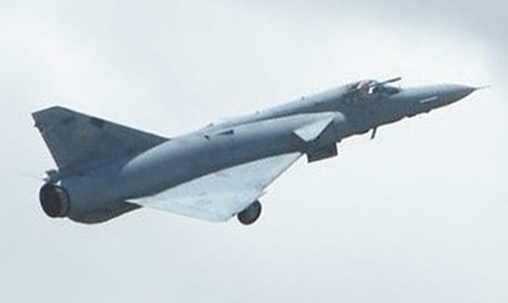 This file is licensed under the Creative Commons Attribution 2.0 Generic license.
This file is licensed under the Creative Commons Attribution 2.0 Generic license.
Development
The Atlas Cheetah programme originated during the 1980s out of South Africa's requirement for more capable fighter and strike aircraft. At the time, the South African Air Force (SAAF) was confronted by the need for more advanced aircraft to attain an edge over the ever-more sophisticated Soviet-built aircraft, such as the MiG-23, that were being supplied to both Angolan and Cuban forces. These aircraft were being deployed against South Africa's own military during the lengthy conflict commonly known as the Border War. Furthermore, the increasing cost of maintenance due to international sanctions and the increasing age of existing aircraft in the SAAF's inventory also needed to be addressed. As a consequence of the arms embargo being imposed at the time under United Nations Security Council Resolution 418, South Africa was prevented from purchasing new aircraft from almost any other country in the world; accordingly, the upgrading of existing aircraft became the only viable option available.
Details
The upgrade consisted of a complete refurbishment of the airframe down to zero flight hours condition; to achieve this, roughly 50% of the original airframe was reportedly replaced, according to statements made by Atlas.[citation needed] Aerodynamic changes included the installation of non-moving canards just aft of the engine intakes, the Cheetah D & E models were fitted with slightly smaller (70%) canards than that of the Cheetah C and IAI Kfir. Other airframe alterations included two additional stores pylons at the wing roots, an aerial refuelling probe, new ejection seats, a new main wing spar along with a new "drooping" leading edge and a dog-tooth incision on each wing, modern elevons controlled by a twin computer-based flight control system, and strakes on the nose to improve the Cheetah's high-Angle of attack (AoA) performance.[citation needed] Reportedly, the Cheetah could carry three times as much ordinance (in terms of weight) as the Mirage III while possessing superior agility as well.[3] However, according to aviation author Dick Lord, the Mirage F1 remained capable of superior performance in areas such as fuel efficiency, ease of handling, and range.
More info:: en.wikipedia.org


